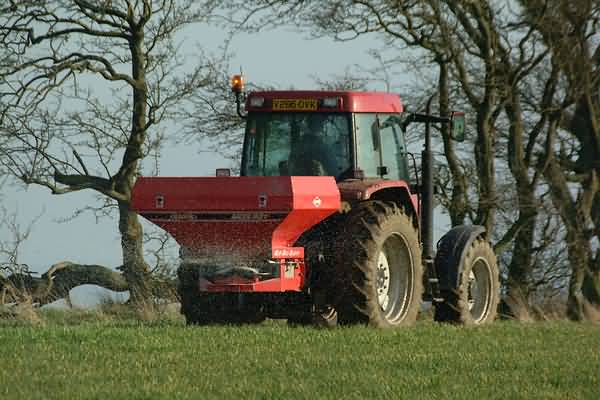|
The land in this
part of Leicestershire represents the familiar 'rolling hills' of the
'typical' English landscape. This means that most of the farms practice
a mixed agriculture.
On the arable
side, the principal crops are Wheat, Barley and Sugar Beet. Other cash
crops might include Linseed, Oil Seed Rape, Maize and occasionally, Peas
or Potatoes.
In the 1940's, artificial fertilisers did not exist and it was important
to rotate the planting of crops in order to 'rest' the soil for one year
in three. Often, a bean crop was sown because this crop will put Nitrogen
back into the soil.
 [John Gresham on crop
rotation]
[John Gresham on crop
rotation]
It was normal
to put the animal manure back onto the land but this does not totally
restore the nutrient levels that a high yielding crop will take out. Hence
yields (by today's standards) would now be considered to have been low
and therefore, unacceptable.
 [Geoffrey
Goodson on fertilisers] [Geoffrey
Goodson on fertilisers]
The introduction
of inorganic fertilisers and accurate soil- testing revolutionised arable
farming and in many cases, average crop yields have doubled…

A modern fertiliser
spreader: the granular fertiliser is carried in the hopper.These may carry
up to 1500kg.
Previous
|
Next |
|
|
|

|

